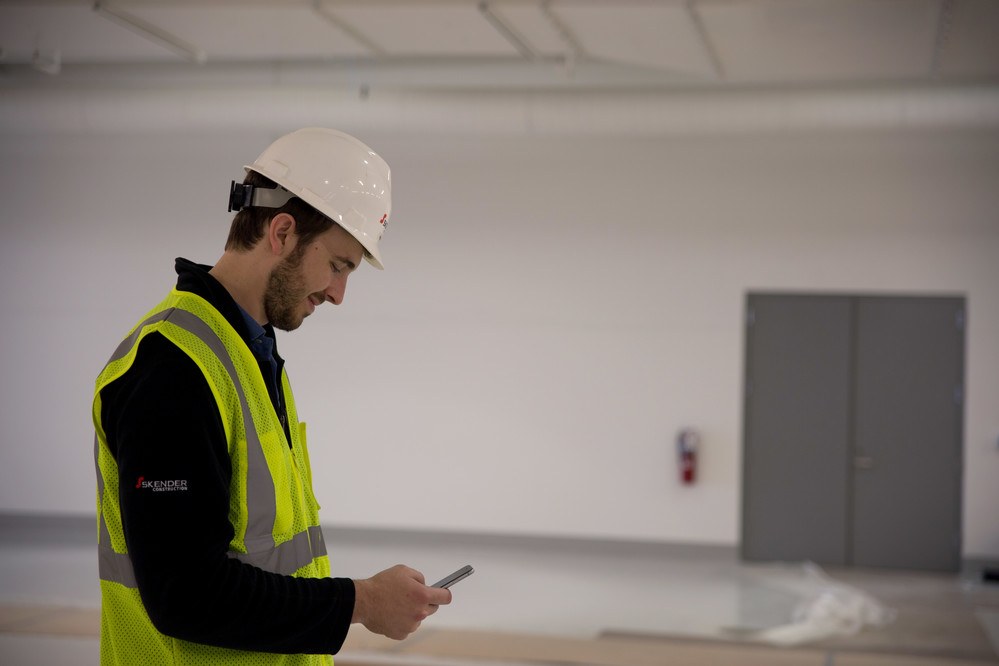Technology & Innovation
New ways to overcome today’s construction mobility challenges

Mobile technology has had a significant impact on construction over the past few years. Just about every contractor has basic construction mobility where, at a minimum, workers in the field use smart phones to take pictures, text message, and send and receive emails. The majority of construction companies are also using some of the numerous cloud-based mobile solutions that are available specifically for managing construction projects. Even with these advances, however, many contractors are still faced with one of two mobility challenges:
- Many mobile tools don’t integrate with the back-office system contractors use to run their businesses.
- Mobile systems that do integrate are often full-blown collaboration products that can be too heavy weight for some projects, adding a level of technical complexity and costs that isn’t needed on every job.
Mobile technology is evolving, however, to address both of these concerns.
Connecting the field and the office
The majority of mobile applications available to contractors today are known as “point solutions.” They usually do a good job of solving one particular problem but don’t connect their data with anything else in the organization and, therefore, the information cannot integrate with the back office to create a more holistic view of work done.
Take, for instance, project managers or superintendents on the job site. They’re busy fighting fires and keeping the project moving. When they use a mobile app to handle things like change orders, they don’t have time to make sure the details get processed and filed correctly back in the office. The best mobile strategy is to have this done automatically for them.
The step change for construction mobility is to tightly link apps used on the job site with the project information stored in a contractor’s main software system. When this type of integration occurs, you have a much more holistic picture of what is happening with a project, so everyone associated with the job—in the field and the office—can make better decisions. You also have a reliable audit trail of what happened on the project, especially important to protect your company in case of litigation.
Right-sizing the mobile solution
Increasing back-office integration to mobile solutions also gives contractors more integrated options to choose from to best fit a project’s needs. Many jobs need only light mobility to more easily view drawing changes, handle RFIs, and submit daily field reports. Other projects are more complex and require more robust collaboration systems to make sure all the players—owner, architect, engineer, and subs—stay in sync. With back-office integration available for either of these scenarios, contractors can tier their projects in terms of which will require a heavy collaboration system and which will need only a light mobility tool.
Conclusion
You wouldn’t use a pin gun for the same work that you’d use a nail gun. Similarly, there isn’t a universal mobility tool for every project. With the next generation of mobile solutions, you should be able to choose the right tool for the job at hand. And, with tighter back-office integration, you can incorporate the information from your mobile app into a more holistic view of the project.






Ask the author a question or share your advice